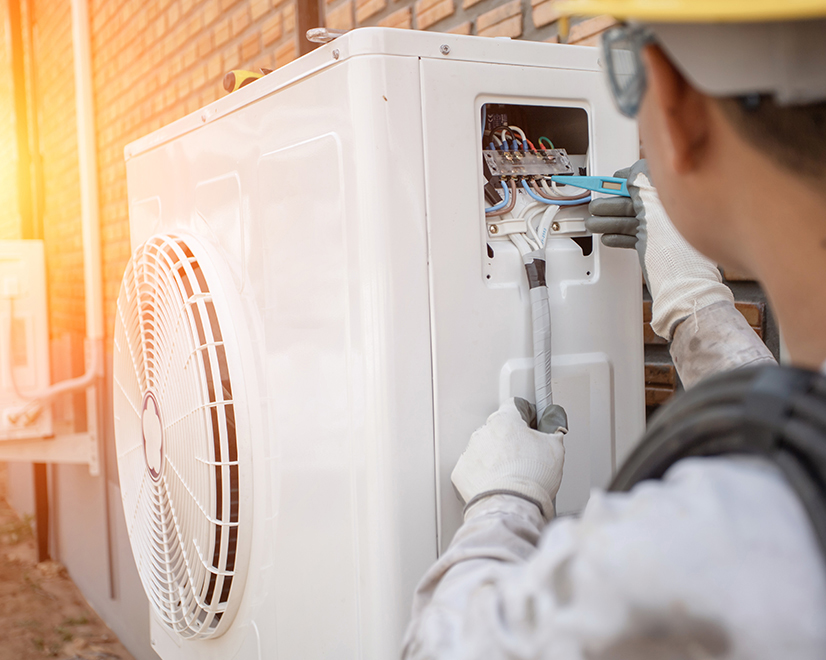The California Energy Commission adopted a new goal of installing six million electric heat pumps in the latest version of its Integrated Energy Policy Report (IEPR), which addresses the challenges facing the state’s electricity, natural gas and transportation fuel sectors.
An aggressive effort to electrify buildings is needed for the state to meet its legislatively mandated targets of getting 60% of its energy from renewable resources and reducing greenhouse gases 40% below 1990 levels — both by 2030, the CEC said in one volume of its 2021 IEPR that commissioners approved Feb. 16.
“The year 2030 is just around the corner,” the report said. Replacing most fossil-fueled equipment in that time is impossible, but gas-fired furnaces and water heaters wear out regularly and need replacement. Doing so with electric heat pump appliances could significantly reduce natural gas consumption in a relatively short time, the report said.
“That makes the market transformation of new equipment sales a key priority,” it said.
“Heat pumps are a critical enabling technology for achieving building decarbonization,” it said. “As such, the CEC is recommending a goal of installing at least 6 million heat pumps by 2030. Further, the CEC commits to working with stakeholders — including manufacturers, labor, and environmental advocates — to accelerate the market to meet this goal and to push beyond it toward comprehensive migration to heat pumps for space and water heating.
“Each replacement of major equipment presents a precious opportunity to achieve long-term savings and make additional performance improvements to [a] building. Also, opportunities for energy savings and GHG reductions will be missed if equipment is not installed to meet California Energy Code requirements.”
Commissioners unanimously supported the new goal along with other portions of the IEPR.
“The piece I wanted to call out in this IEPR is the six million heat pump goal,” Chairman David Hochschild said. “I am a big believer in goals. I’m encouraged that we’re doing this.”
He likened the heat pump target to the goal set by Gov. Jerry Brown in 2018 of putting 1.5 million zero-emission vehicles on the road by 2025.
“At the time, there were a lot of people who said that was outlandish [and] it was never going to happen,” Hochschild said. “We’ve now blown by a million electric vehicles, and we’re well on our way to surpassing that goal.”
Setting an official objective for heat pumps will drive investment and innovation, he said.
“I have every confidence that we’re not only going to reach this goal, but that we’re going to surpass it.”
The CEC’s energy efficiency update to the state’s building code in August will help, he said.
It required developers of new single-family homes to install either an electric heat pump water or space heater.
The market share for heat pumps in California is less than 6% in new home construction, but the building code requirement is expected to increase demand and make heat pumps more affordable and widely available.
“This will juice the market for heat pumps,” Commissioner Andrew McAllister said at the time.
The recent launch of the $120 million TECH Clean California program, intended to jumpstart the market for residential heat pumps, could also help the effort. It provides incentives of $3,000 or more to homeowners who replace gas furnaces or water heaters with electric heat pumps. Combined with local incentives, for instance in the San Francisco Bay Area and Sacramento, those amounts can more than double to $6,600.
“TECH represents a milestone in California’s efforts to decarbonize the building sector and combat climate change,” the Natural Resources Defense Council said in a blog post last week.



